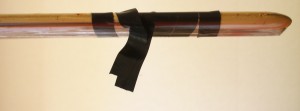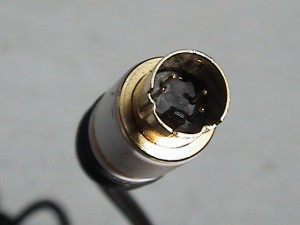Place: Halle
Tanks flown: 3
Time flown: 0h51 (cumulative model timer: 21h29)
Rx battery recharged with: 173+1408 mAh
Tx battery recharged with: 672 mAh
Glow heater battery recharged with: 862 mAh
Starter battery recharged with: 62 mAh
Comment:
Another windy but beautiful day. Verified the tracking with the new balance tape: still good.
Had to replace the glow plug; it completely died after (or during) the first flight.
Tried some (successful) stall turns, mostly on my right side. I didn’t dare to do it as much at my left side due to some unpleasant memories.
At the end of flight 3, the RPM suddenly dropped and the rotor started “flapping” again: the (new) balance-tape wasn’t so good after all…
When recharging my Rx battery, my Graupner Ultramat 12 reported the battery “charged” after pumping in 173mAh. Giving it a second try did fill it up by a total of 1581mAh.



